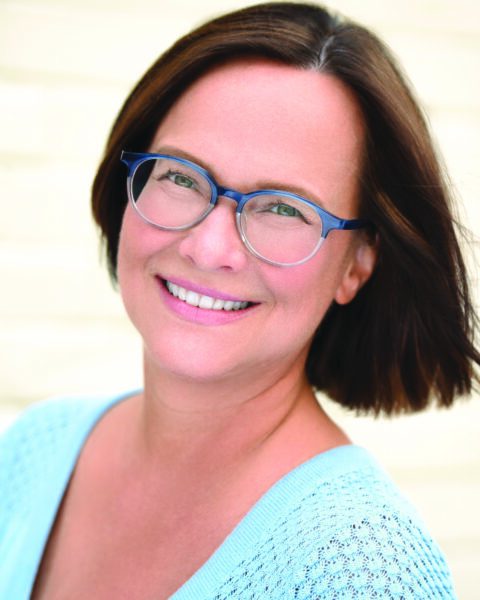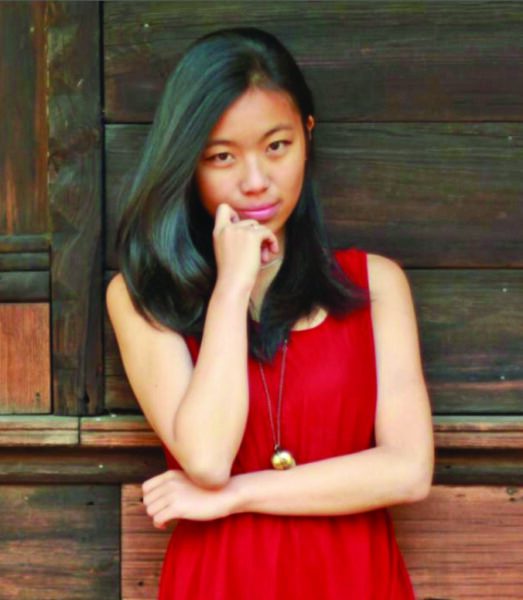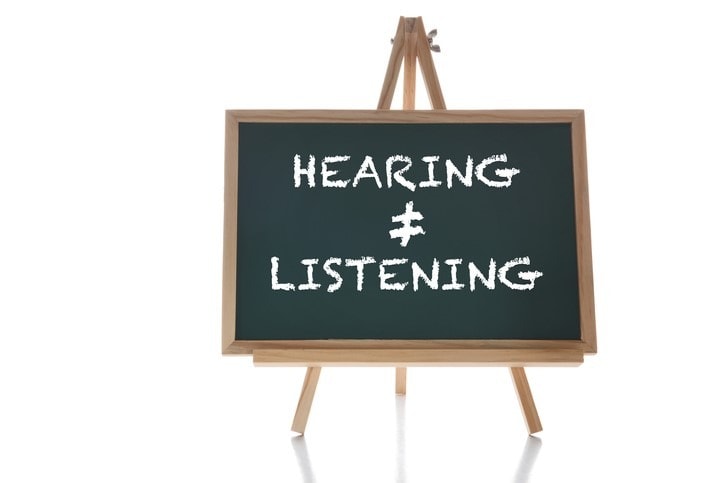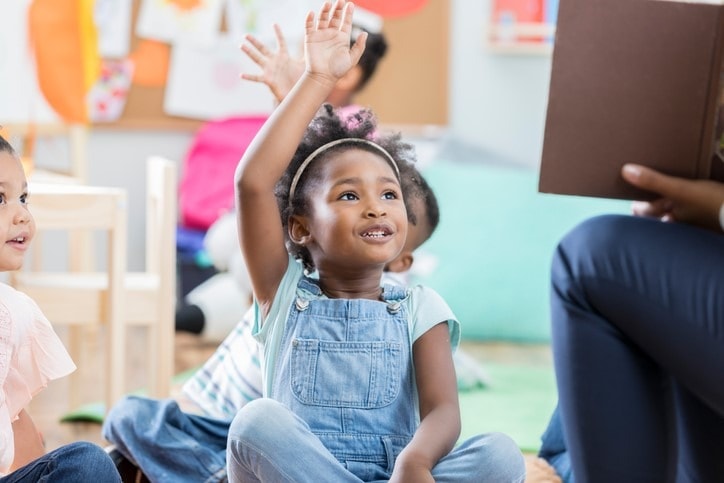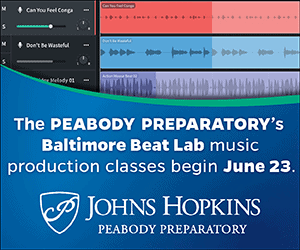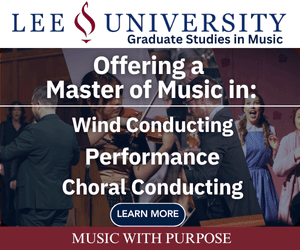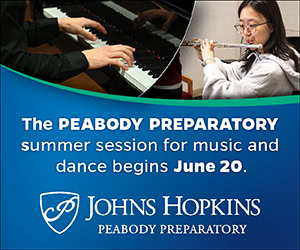NAfME BLOG
What Specific Teaching Technique or Strategy Do You Swear by Because It Works Every Time with Your Students?
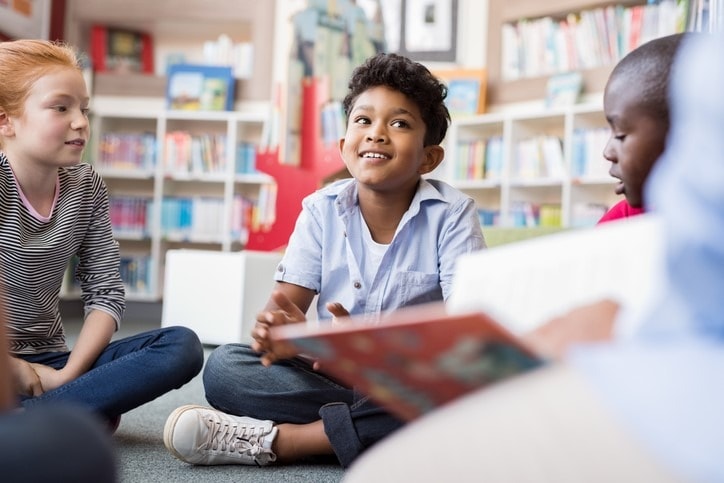
/ News Posts / What Specific Teaching Technique or Strategy Do You Swear by Because It Works Every Time with Your Students?
What Specific Teaching Technique or Strategy Do You Swear by Because It Works Every Time with Your Students?
Three Music Educators Share Ideas
This article first appeared in the August 2022 issue of Teaching Music.
Alice Hammel, Music Education Faculty, James Madison University, Harrisonburg, Virginia
Private Flute Instructor
Whenever I am stumped by a group of students, I step back and consider whether I am adapting my methods and materials in the way most appropriate for them. The four strategies of size, color, pacing, and modality have helped me consider the varied ways I can plan, present, and assess my teaching. These strategies also offer some guideposts along the way to being the best teacher I can be in the moment.
“The four strategies of size, color, pacing, and modality have helped me consider the varied ways I can plan, present, and assess my teaching.”
The size of my methods or materials may need to be larger or smaller than what I originally see or think may be best for my students. This can include font size, any visuals, sound on recordings, and the number of movement exercises I include in my rehearsal. I have found color to be another essential element in creating more varied visual presentations. For students who do not see color, texture works really well (Velcro, tape, yarn, etc.).
When I consider my pacing, I often find I am either expecting the students to master too much at one time, or my expectations need to increase to meet the current rate of learning displayed by the students. Sometimes this needs to be almost individualized to be sure each student is learning at the rate and pace they are able to handle.
Finally, I sometimes forget that modality is huge in teaching. Through use of visual, aural, and kinesthetic strategies everywhere, I increase the possibility that each student will understand the objectives and demonstrate their knowledge in the way that is best for them.
By planning ahead for my students and employing these four ideas, I find my lesson plans and teaching are more effective. I have far fewer “train wrecks” when teaching and am able to find the areas I have not been addressing by tracking my adaptations through my lesson-plan reflections. It takes a little more time; however, it is definitely worth it!
Alice Tsui, Arts Coordinator and Founding Music Educator, New Bridges Elementary, Brooklyn, New York
Actively listening to our students is the most important teaching strategy there is. We can decenter ourselves as teachers when we focus on what our students have to say and share every day, in and outside of the music classroom.
“Actively listening to our students is the most important teaching strategy there is.”
As educators, we can create necessary space in our music classrooms where students can be heard not only by us as educators, but also by their peer musicians. We cannot listen to our students only to respond to what they have to say; instead, we must listen simply to better understand our students and who they are.
Actively listening to our students requires us to hear the silences of our students as well. Instead of adhering to traditional music education class structure where one music director, conductor, and/or teacher leads and students respond and only speak or share when instructed to do so, we can actively empower all students to share their voices. When students are encouraged to share who they are, we can then notice who is sharing their voice, ideas, and music in class and who is not.
It is important to note that speaking up and voicing our opinions is a Western societal norm. In many non-Western cultures—the global majority—using one’s voice to speak up is not the norm. Understanding this nuance does not account for all silences from students, but it can allow us to better recognize the importance of understanding each student’s positionalities and cultural norms.
Questions we can ask our students to better understand them may include:
- What does using your voice mean?
- What is the value of your voice?
- When do you use your voice?
- Why do you use your voice?
- What does using your voice mean to you in the music classroom?
When we notice students who are not speaking or sharing, we can build opportunities for peer sharing without being under the duress of the teacher’s gaze. As educators, we can also allow students to ask us about who we are—in and outside of our educator roles. The vulnerability in sharing who we are with each other is critical in building community in music education.
Julia West, Managing Editor, Visions of Research in Music
My favorite strategy to use with any age of music student is storytelling as a springboard for musical improvisation. From elementary to college students and every age in between and beyond, intellectual and musical challenge in the instructional design can be adjusted to suit the developmental stage, interests, and social environment of the students, affirming the creative and imaginative dimensions of play and discovery. By inviting students’ choice of story in a social setting that celebrates diverse backgrounds, a music educator can draw on students’ own interests, promoting culturally responsive teaching by validating student choice, meaning-making, and musical imagination.
“My favorite strategy to use with any age of music student is storytelling as a springboard for musical improvisation.”
To trace the history of musical storytelling is to explore the continuity of consciousness in human history itself, revealing the deep connections among emotion, identity, and integrity. In Art as Experience, John Dewey alludes to ancient civilizations in which communal arts encompassing music, dance, storytelling, poetry, and visual arts were inextricably connected with everyday life. Storytelling traditions across the world position narrators of oral traditions as historians and musicians. While Dalcroze and Orff-Schulwerk pedagogies, among others, include storytelling in the design of musical experiences, for this Jam Session, I’m outlining some favorite general storytelling strategies for musical improvisation.
Activity Format
Students could be invited to share a favorite story. An elementary student could bring a favorite children’s book. An interdisciplinary music and language arts project could involve students sharing family stories that have been passed on orally through generations. To maximize the music-making in a music-class setting, students could familiarize themselves with the story before the musical storytelling jam session. The story arc can be distilled into key events and plot points that reflect cause and effect and the actions of the characters, functioning as cues for improvisation. In a university setting, collaborative music-making through improvisation and composition can provide a vehicle for exploring creative interaction with works of literary, visual, and musical art, past and present.
Musical Preparation
Since improvisation can be thought of as activating a knowledge base, a first step can be to invite the individual student or group of students to decide on a musical structure to be explored through improvisation and musical storytelling. The musical structures that are present in the knowledge bases of music students—intervals, chords, chord progressions, scalar passages in any key or mode—can then become material for further reinforcement through exploration and improvisation. In a group of music students, roles can be assigned and exchanged so that some students are responsible for a pedal tone or harmony, for example, while others can noodle using the notes of a scale or mode to dramatize the story.
Students could be invited to think of a favorite song as inspiration—maybe a song that seems to capture some of the feelings present in the story. The music educator can prompt the students to consider how the song is constructed, leading them to take the song apart and use some of that material to create original improvisations. By relying on the students to choose the story and musical material for improvisation, the teacher can empower students to trust in themselves and the conceptual devices that spark their curiosity.
Challenge
To maintain enthusiastic involvement, the music educator can be ready at any time to pose challenges that are just above the students’ current level of skill, as appropriate to the instructional setting. For example, if only a certain number of notes are used at first, a student could be encouraged to expand the material to include all the notes of a mode or scale for melodic improvisation. To further musical meaning-making, challenge can also involve keeping talking to a bare minimum.
In the presence of others with the same goal, the activity of exploring the nature of sounds in new ways to dramatize a story can spark a new awakening of the creative spirit. Musical storytelling can fulfill a human need for social attunement, revealing that a deeply ingrained pattern of consciousness embedded in stories and symbols can be activated in improvisatory play.
What teaching technique or strategy works every time with your students? Share ideas with fellow music educators on Amplify today.
Did this blog spur new ideas for your music program? Share them on Amplify! Interested in reprinting this article? Please review the reprint guidelines.
The National Association for Music Education (NAfME) provides a number of forums for the sharing of information and opinion, including blogs and postings on our website, articles and columns in our magazines and journals, and postings to our Amplify member portal. Unless specifically noted, the views expressed in these media do not necessarily represent the policy or views of the Association, its officers, or its employees.
Published Date
August 18, 2022
Category
- Classroom Management
Copyright
August 18, 2022. © National Association for Music Education (NAfME.org)
